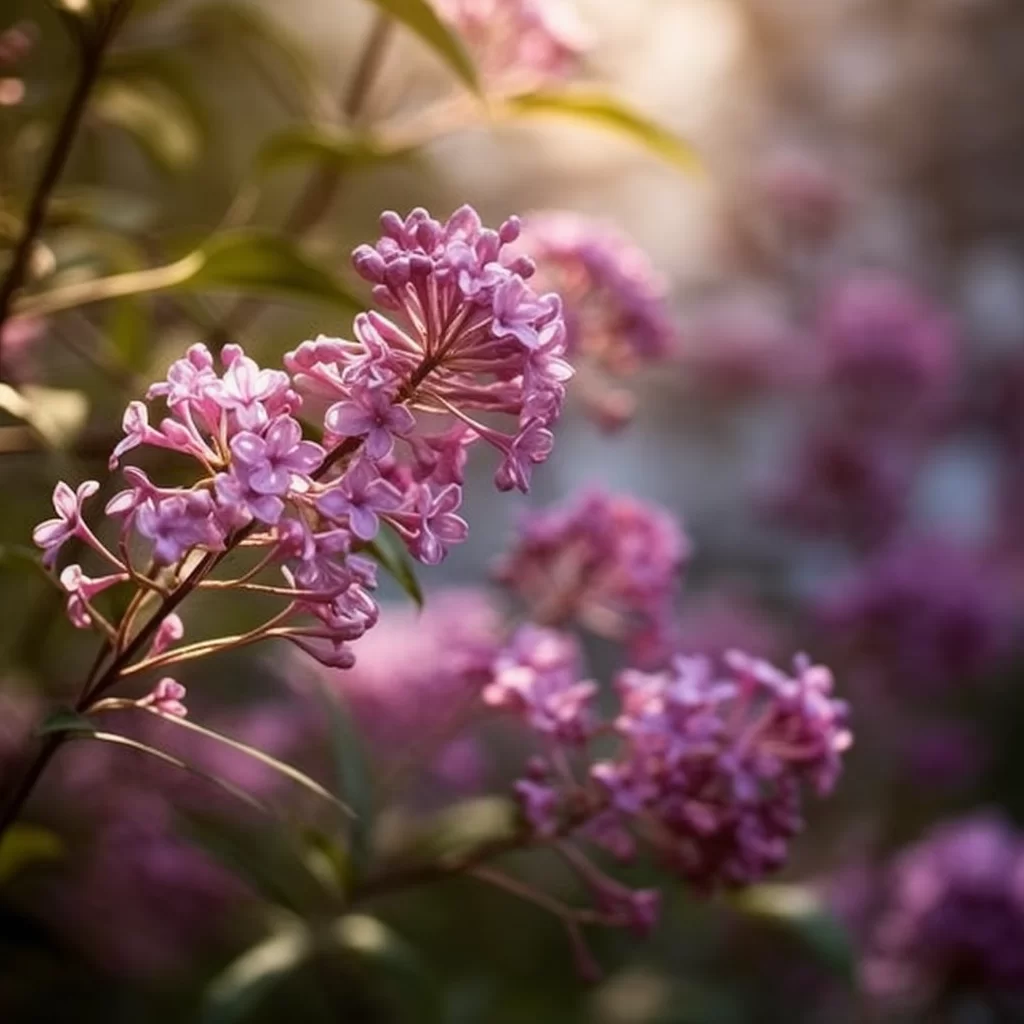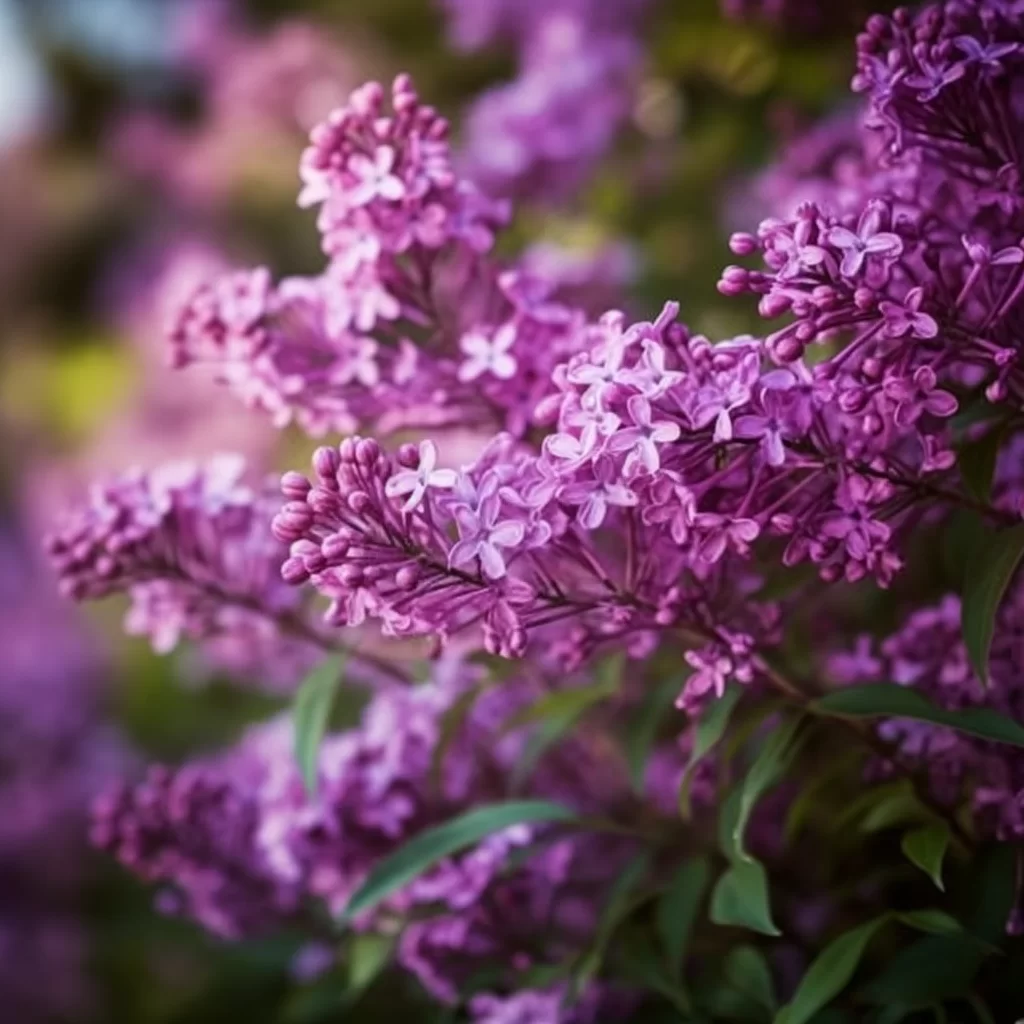Story of Day :
Contents
The Syringa Plant: A Complete Guide and Care Tips
Are you looking for a plant that will add fragrance and beauty to your garden? Look no further than the Syringa plant! Also known as Lilac, this shrub is a popular choice amongst many gardeners.
In this article, we’ll provide you with all the information you need to know about growing and caring for the Syringa plant.
Introduction to the Syringa Plant
The Syringa or Lilac is a member of the olive family, which includes around 25 species of flowering plants.
This deciduous shrub boasts beautiful clusters of fragrant flowers in shades of purple, pink, white or blue depending on its cultivar.
- Syringas typically grow up to 10 feet tall and wide but can be pruned down into smaller sizes
- Their leaves are heart-shaped and range from dark green to light green depending on their age
- Lilacs bloom in springtime for two weeks up to six weeks depending on their climate zone

How To Grow The Syringa Plant?
If you want a successful lilac garden, it’s important to choose your planting location carefully.
You’ll also need adequate sunlight exposure (at least six hours per day), well-draining soil with good organic matter content:
- Selecting The Right Location: The first step towards growing healthy lilacs is choosing an ideal planting location where they can thrive.
It should be free from any shade as these plants require plenty of sun exposure.
- It’s best if there’s proper drainage as well because water-logged soil negatively affects growth rate.
- Planting Lilacs: You can plant lilacs anytime between early spring and the beginning of fall.
Once you have found a suitable place, dig a hole twice the width and depth of your root ball.
- Add compost to enrich the soil, then water generously after planting.
Mulching is also essential to keep weeds at bay and regulate soil moisture levels.

Caring For Syringa Plants
A well-cared-for lilac will last for many years, adding beauty and fragrance to your garden.
Here are some tips to ensure your Syringa thrives:
- Pruning: Lilacs require annual pruning once they reach maturity.
This practice helps maintain their size, encourages healthy growth, and promotes blooming for next season’s flowers.
- You should prune them immediately after flowering in late spring or early summer.
- Fertilizing: Syringas don’t require much fertilization but can benefit from an occasional application of slow-release fertilizer during their growing season in springtime.
- Avoid using high-nitrogen fertilizers as it promotes leaf growth instead of flowering which is counter-productive!
- Pest And Disease Control: Lilacs are susceptible to powdery mildew disease which leaves white patches on leaves reducing its aesthetic appeal.
Insects like aphids may also attack them so keep an eye out for these pests while conducting routine maintenance checks!
.

The Bottom Line On Syringa Plants Care Tips
The Syringa plant has been a favorite among gardeners since ancient times due its lovely fragrance & stunning blooms that come in various colors.
Growing and caring for this plant isn’t difficult, but it requires some attention to detail and patience – just like any other living thing.
With proper planting, watering, fertilization and pruning practices you can enjoy your lilac for years to come!
